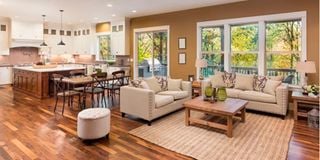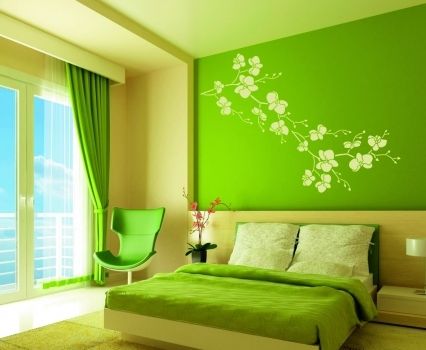Factors to consider when choosing design theme for your home

Depending on your personal style, your home can either be casual, formal, contemporary or traditional.
What you need to know:
- Casual styling injects a homely, laid-back feel to the home, with rustic flair dominating the overall design.
- Scandinavian styles have also gained popularity among Kenyan home stylists.
If you are reading this, chances are that you have a Pinterest board full of interesting ideas you hope to implement in your new home.
Christine Omieno, co-founder of interior design studio Aurom Design Homes, regularly receives questions from clients and followers online trying to figure out where to start when decorating their homes.
“Many get stuck on selecting themes for their homes, I always encourage them to start by asking themselves how they want to feel when they occupy the space. From that point, you can engage colour in building the theme then propose textures to them to see where their design lies,” she says.
When it comes to following trends, there are several themes and styles to choose from. How do you want your home to feel when you first walk in? Depending on your personal style, your home can either be casual, formal, contemporary or traditional.
Casual styling injects a homely, laid-back feel to the home, with rustic flair dominating the overall design. This type of styling is most common among first-time home owners and young families, as the styling is malleable and allows for intricate changes to be added over time.
This tends to be more elegant than their casual counterpart, with high end furniture fixtures and imported or hand-woven fabrics pairing with glitzy chandeliers and accessories.
This type of interior styling involves antique accessories and typically favours empty nesters or those looking to style a space that feels distinctly out of the ordinary, leaving an imprint of poshness in the minds of guests and residents alike.
Contemporary styling
It refers to modern trends that differ from year to year. Sophistication is key with this look, which favours neutrals while mixing with bold colours and involves variables ranging from furniture design to geometric fabric patterns. The goal of this style is to keep it clean and simple, abiding by annual style bibles for the trendy home owner.
The styling depends on the emotions you want the room or overall home to evoke.
“Many clients have tried to follow their emotions, how they want to feel in the spaces,” Christine explains, adding, “Some people evolve by deciding that since they have been so bold with colours, they now want to move into neutrals. Some say they have been too minimalist and want to explore maximalism.”
Once the basics are covered, organising the home can follow a variety of influences drawn from traditional themes from around the world. Maybe you want your home to follow a classic East African coastal look, with Lamu-style beds and dressing tables and leso print cushions.
Scandinavian styles have also gained popularity among Kenyan home stylists on Instagram, infusing monochromatic fabrics like mud cloth from Mali for a contemporary look and feel.
Gallery walls
Gallery walls are another interesting way to communicate your personality through distinct imagery. Building a gallery wall can be a daunting task for some, but Christine explains that the basic rule to be applied in developing your own wall of art is to listen to your intuition.
“To curate your own gallery wall, it is key to hang or display items that remind us of events we enjoyed, places we’ve been to and items that make us feel good, we could install floating shelves to display, hang directly from the ceiling like potted plants or hang the vases or picture frames directly on the wall to create statements within the room.”
For this wall, original works of art communicate the taste of the homeowner and may be placed alongside generic works of art that also communicate the times the person is living in. Large typography leaves an imprint in the mind of anyone who visits the space, with differing frame sizes providing a range of eye-catching dimensions that create a distinct style unique to the homeowner’s curation.
Styling a home in and of itself is not a simple task. Referring to elements such as colour theory and having a basic outline for how one would like their home to look keeps the theme of the home coherent and ultimately leaves one more satisfied about the overall appearance of their living space. When in doubt, it is important to remember that like most things, design is never static. Just as one’s personal style is open to change, so is the style of their abode.





